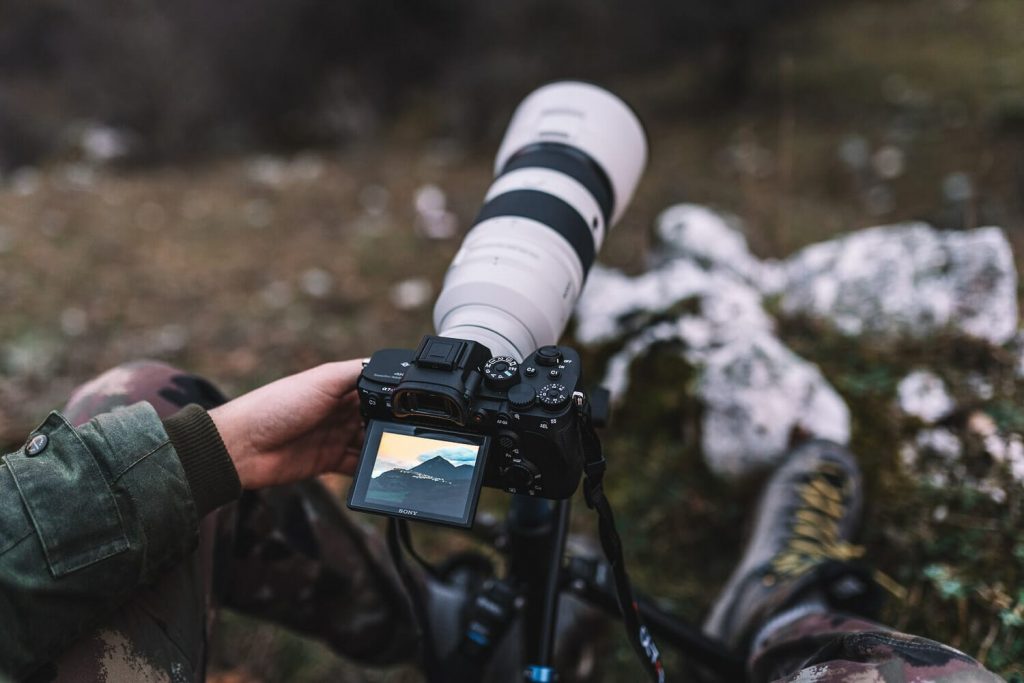
Demystifying Camera Quality: A Comprehensive Guide to Choosing the Perfect Camera
In today's digital age, cameras have become an essential tool for capturing and preserving our most cherished memories. However, with the multitude of options available in the market, choosing the right camera can be a daunting task. In this article, we will delve into the intricacies of camera quality and provide you with a comprehensive guide to help you make an informed decision.
- Understanding Megapixels:
When it comes to camera quality, one of the first factors to consider is the number of megapixels. Megapixels determine the resolution of the images captured by the camera. While it is tempting to believe that more megapixels equate to better image quality, it is not always the case. Higher megapixels are beneficial for large prints or cropping, but for everyday use, a camera with around 12-24 megapixels is more than sufficient. - Sensor Size and Image Quality:
The sensor size plays a crucial role in determining the overall image quality. A larger sensor allows more light to be captured, resulting in better low-light performance and reduced noise. Full-frame sensors are considered the gold standard, but they come at a higher price point. For most enthusiasts and beginners, an APS-C or Micro Four Thirds sensor will provide excellent image quality without breaking the bank. - Lens Selection and Interchangeability:
The lens is another critical component that contributes to camera quality. Different lenses offer varying focal lengths, apertures, and optical qualities. When choosing a camera, consider the availability and variety of lenses compatible with the camera system. Interchangeable lens systems provide the flexibility to adapt to different shooting scenarios, allowing you to explore your creativity and achieve desired results. - Image Stabilization:
Camera shake can often result in blurry images, especially in low-light conditions or when using telephoto lenses. Image stabilization technology compensates for these movements, resulting in sharper images. Some cameras offer in-body image stabilization (IBIS), while others have it built into specific lenses. Depending on your shooting style and requirements, consider opting for a camera with effective image stabilization. - ISO Performance:
ISO determines the camera's sensitivity to light. A camera with good ISO performance will produce clean and noise-free images, even in challenging lighting conditions. Test the camera's ISO capabilities by examining sample images taken at high ISO settings. Look for cameras that maintain image quality at higher ISO levels, as this will allow you to shoot in various lighting situations without compromising on image quality. - Autofocus System:
For capturing fast-moving subjects or shooting in challenging conditions, a reliable autofocus system is crucial. Look for cameras with advanced autofocus technologies, such as phase detection or hybrid autofocus systems. Consider the number of autofocus points and their coverage across the frame to ensure accurate and swift focusing.
Conclusion:
Choosing the perfect camera involves considering various factors, including megapixels, sensor size, lens selection, image stabilization, ISO performance, and autofocus capabilities. By understanding these key aspects and evaluating your specific needs, you can make an informed decision that aligns with your photography goals. Remember, camera quality is not solely determined by technical specifications but also by how well it suits your shooting style and preferences. Happy shooting!